Wyoming’s Big-Power Debate Hits a Wall: Third-Party Generators, Ratepayer Risk, and Who Pays When Things Break
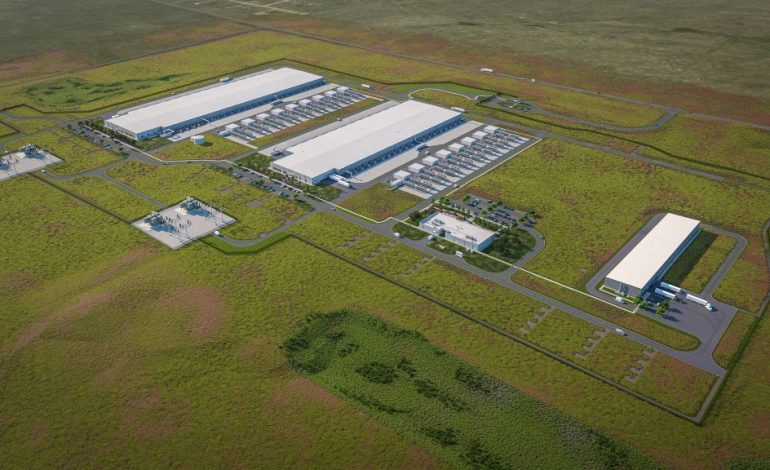
for Oil City News.
Wyoming lawmakers hit a familiar snag this week over how to power the next wave of mega-projects. After months of wrangling, utility and industry advocates still couldn’t agree on whether to let third-party companies generate electricity for huge customers — think data centers — when the local utility can’t deliver enough juice or can’t do it at a price the customer likes. The worry from consumer advocates is simple: if a private generator gets the business but the incumbent utility remains on the hook as backup, regular households could be left holding the bag when something goes sideways.
That tension framed a long briefing to the Legislature’s Joint Corporations, Elections & Political Subdivisions Committee. The Wyoming Energy Authority and electricity consultant Kara Fornstrom walked lawmakers through a stakeholder process that tried to solve three problems in one go: how to serve “large loads,” how to respect utilities’ certificated territories, and how to handle the flashpoint — third-party generation. Fornstrom said there’s broad agreement on the first piece, getting big power users connected, but consensus collapsed when the conversation turned to letting unregulated power suppliers serve specific projects. The point, she argued, isn’t to deregulate Wyoming’s grid so much as to create narrow lanes where a third-party can step in with “regulatory certainty” if the utility can’t meet the moment.
One idea floated by the Energy Authority would carve out an exemption for generation serving a single customer with projected use of at least 100 megawatts. On paper, that keeps the door open for truly massive developments while limiting the carve-out to a handful of projects. But it also triggered a quick rebuttal from consumer advocates and industrial power users who see different risks.
Anthony Ornelas, who runs the Office of Consumer Advocate, warned that creating a third-party loophole without also relieving utilities of their obligation to backstop those same customers is a recipe for higher bills for everyone else. If the Legislature allows exemptions, he told lawmakers, it should also release incumbent utilities from having to step in as the safety net for those giant loads. Otherwise, the cost of new wires, plants, or emergency power could boomerang onto existing customers.
Lawmakers also asked whether ordinary ratepayers are really paying more because of big new users. Public Service Commission deputy chair Chris Petrie leaned on the principle of cost causation — build for the customer who causes the cost — and said Wyoming’s rules, combined with the “used and useful” test, offer solid protection. Much of what people see on their bills, he added, comes from a national policy shift away from coal and oil toward lower-carbon generation. Utilities didn’t have the luxury of ignoring that tide, and the public conversation about the transition never really kept up.
“You couldn’t just say, ‘We defy you — run the coal plant and call it good,'” Petrie said, adding that he believes the transition was “poorly explained to the public.”
Ornelas also pointed to an existing tool that’s already keeping risk off residential bills: Black Hills Energy’s Large Power Contract Service. Under that tariff, big newcomers contract for 115% of their capacity and pay for new transmission they require, which means, as Black Hills’ David Bush put it, the utility isn’t building generation on spec for data centers and then socializing the cost.
That didn’t calm everyone. Industrial power users argued the proposed 100-megawatt floor would lock out Wyoming’s legacy sectors. Thor Nelson, speaking for Wyoming Industrial Energy Consumers, said oil, gas and mining operations typically run between 20 and 80 megawatts. If lawmakers set the bar at 100, he argued, you’ve effectively written a bill for out-of-state tech firms while telling mines and producers they don’t qualify. Jody Levin of the Wyoming Mining Association added that capacity constraints are already pushing five- to seven-year timelines for new load requests — functionally a “no” for mines needing 50 to 65 megawatts on a reasonable schedule.
Utilities tried to show they’re not asleep at the switch. Tri-State Generation and Transmission said it will refile a High Impact Load Tariff after a setback at the Federal Energy Regulatory Commission, pitching its co-op model as focused on affordability, responsibility and reliability rather than profit. Powder River Energy’s Joe Roth described a new Basin Electric program that uses a special-purpose vehicle so industry and third-party investors can share both the risk and the reward of building new generation. Rocky Mountain Power’s Thom Carter underscored the balancing act, warning against pitting one set of customers against another when the real goal is system stability for all.
No votes were taken. The committee recessed after the marathon, with Sen. Cale Case saying electricity policy remains a front-burner item. For now, the Legislature is stuck between guarding ratepayers from backstop risk and giving large projects a legal path to source their own power when the grid can’t or won’t move fast enough. Until those lines get redrawn, Wyoming’s next big developments will keep running into the same question: who builds the power — and who pays when it fails?

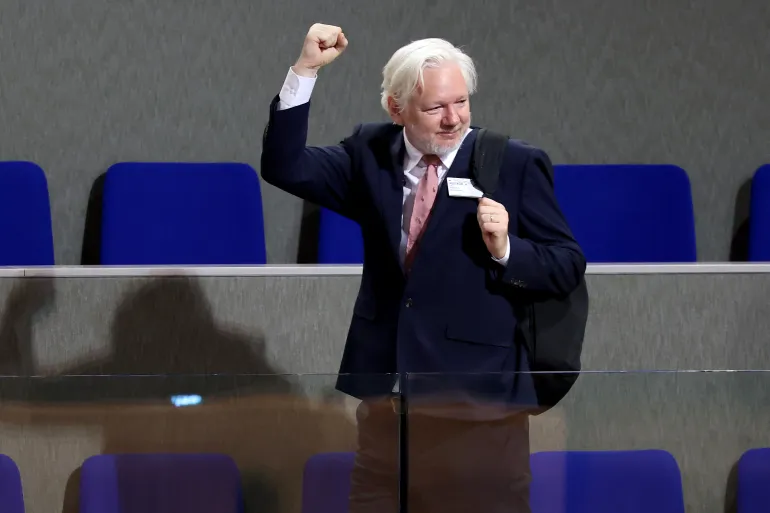
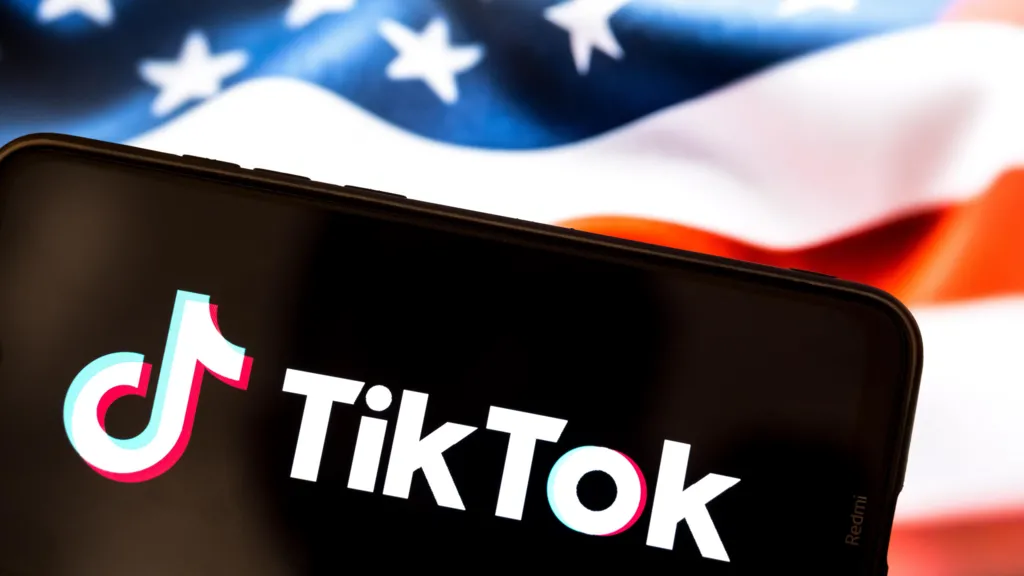



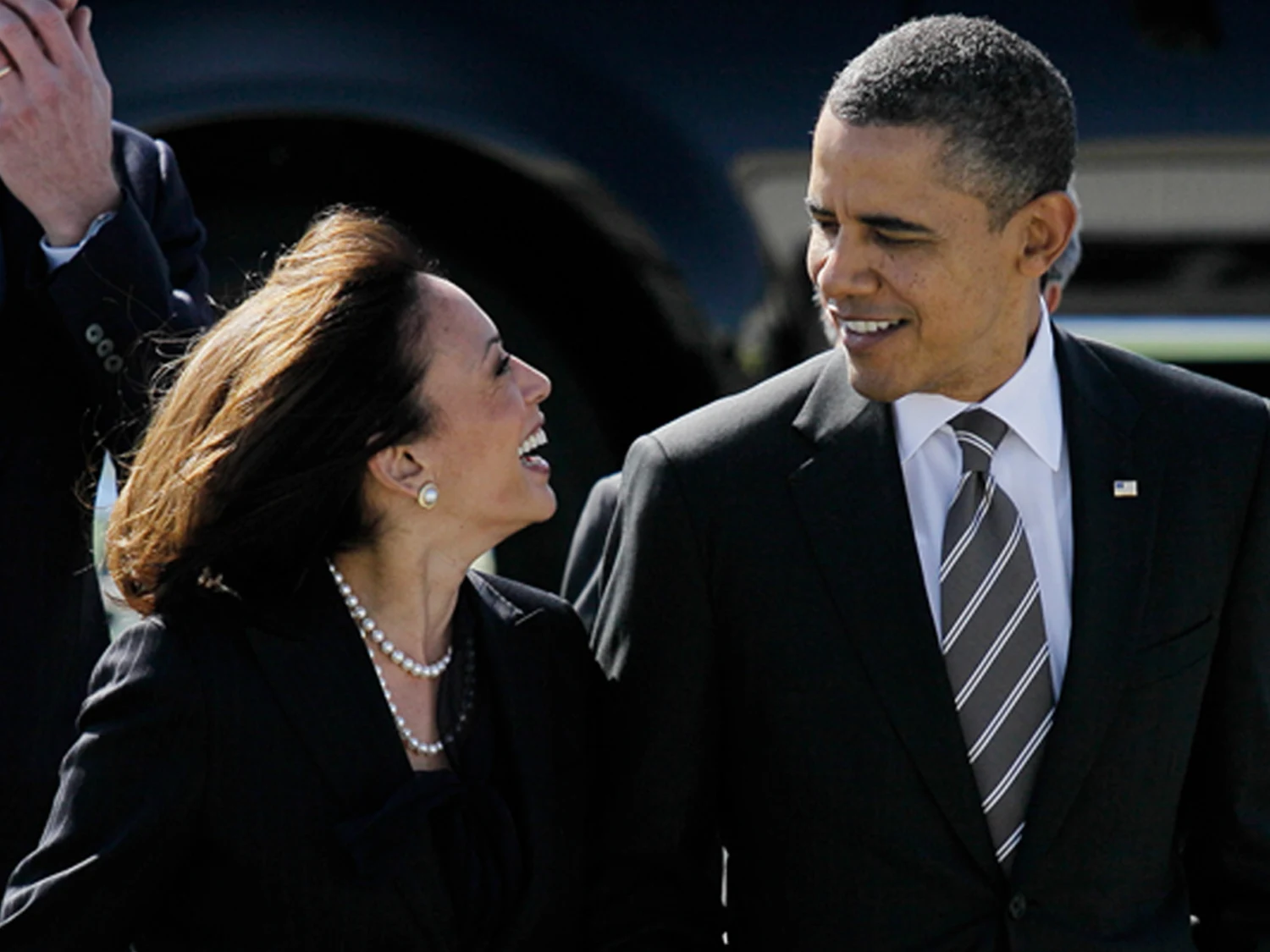
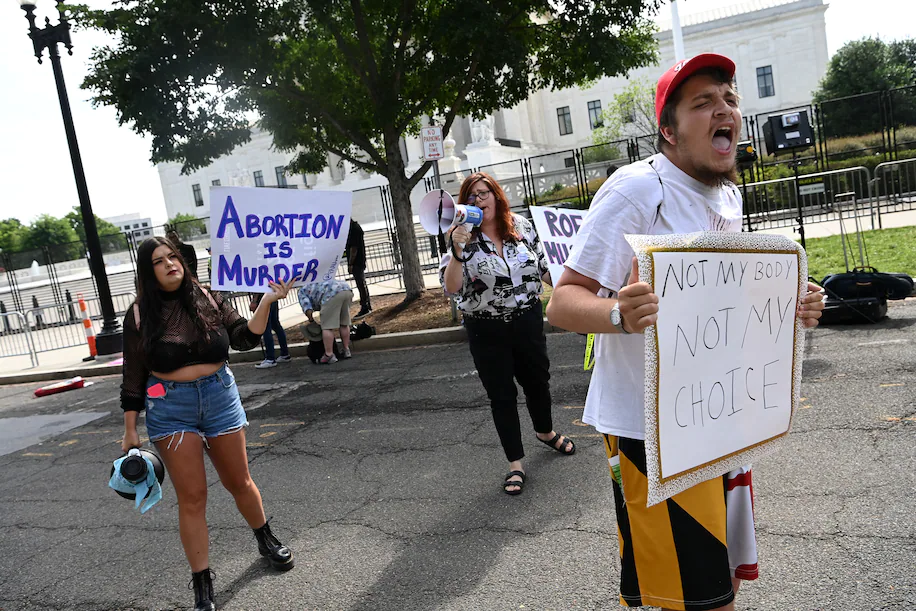

The latest news in your social feeds
Subscribe to our social media platforms to stay tuned